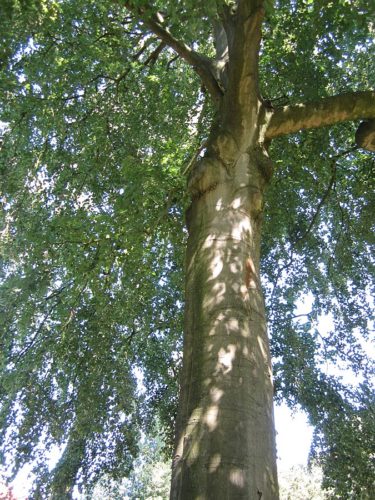The beech is tree with a smooth trunk that can reach a height of over forty meters and four hundred years old.
Do not confuse with:
Common hornbeam (Carpinus betulus)
You are viewing the mobile-adapted version of the page.
The one for tablets, laptop and desktop also provides general information, such as origin, toxicity and cultivation.
Beech (Fagus), smooth-trunked tree that can grow over forty feet in height and reach an age of four hundred years.
Beech trees are planted as trees and in hedges.
Not much wants to grow under beech trees: under the dense crown it is too dark for shrubs, and herbs stay away from the tannin-rich litter of fallen beech leaves.
In winter, the dead leaves remain on the tree and hedge until spring.
Beech likes a moist, well-drained soil, preferably containing lime, loam or marl. Beech can withstand temporary high water levels and summer drought well. Beech trees are susceptible to sunburn; of a solitary tree, the trunk is often wrapped in burlap to protect the bark from the sun. Beech lives in symbiosis with a fungus.
Beech tolerates pruning very well, which is why it is often used in hedges. When pruning trees, it is important that when pruning branches, the trunk and main branches cannot be exposed to direct sunlight to prevent burning of the thin bark (sunburn).
Bugs

Light green aphids with a woolly wax layer on the underside of the leaf: woolly beech aphid (Phyllaphis fagi). This aphid secretes honeydew on which sooty mold forms.
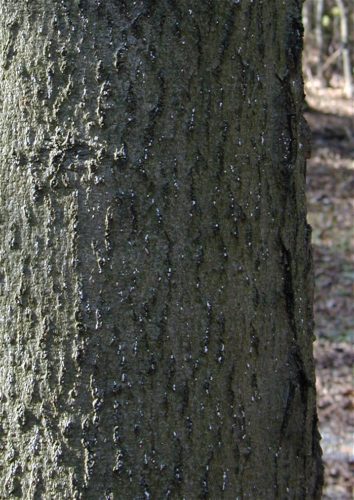
Large numbers of yellow scale insects with a woolly wax layer on the trunk, in a strong infestation the trunk looks white with wax: woolly beech scale (Cryptococcus fagisuga).

In spring, young beech leaves are eaten; in early summer, leaves turn brown – looks like night frost: beech leaf-miner beetle (Orchestes fagi).
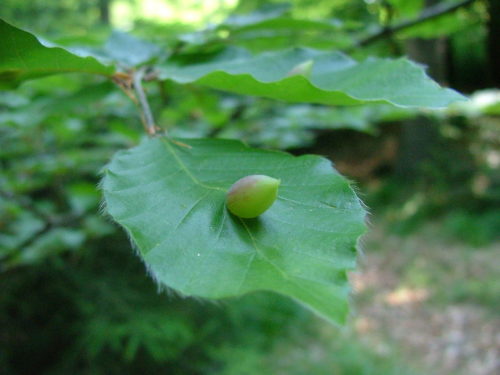
Galls on the beech leaf: beech gall midge (Mikiola fagi).
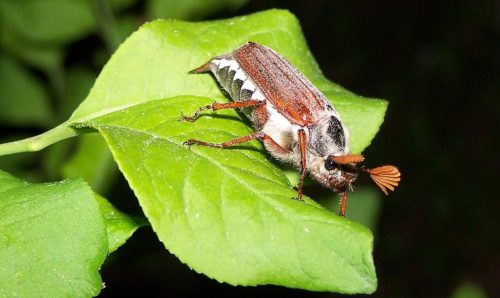
Leaf is eaten by 3 cm brown beetles: cockchafer (Melolontha melolontha). A swarm of cockchafers can eat a beech tree completely bare.
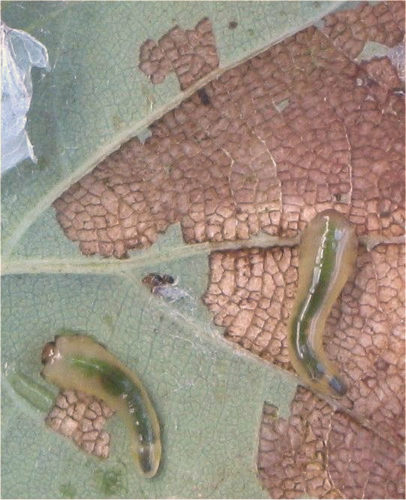
About 1 cm small, dark-tinged, slimy snails eat the mesophyll between the veins of the leaves. This causes the remaining mesophyll to turn brown and the leaves may drop: slug-like caterpillars (larvae of the oak slugworm – Caliroa annulipes).
Fungi & diseases
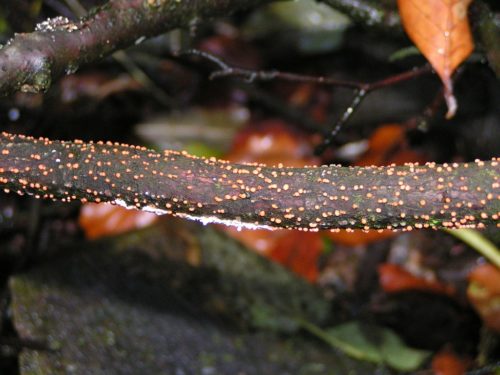
Small, orange-red raised spots appear on affected branches, which can be either dead or living branches: Coral spot (Nectria cinnabarina).
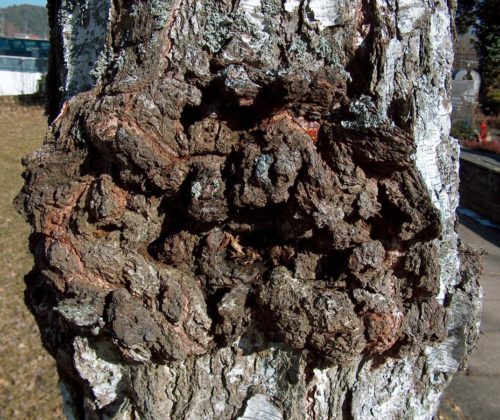
Wild growth and cancers on the trunk: Apple canker (Neonectria ditissima).

Between 50 and 200 cm tall fungi with several flat, semicircular caps at the base of the tree. Initially light brown; later darker in color (reddish brown): giant polypore (Meripilus giganteus).
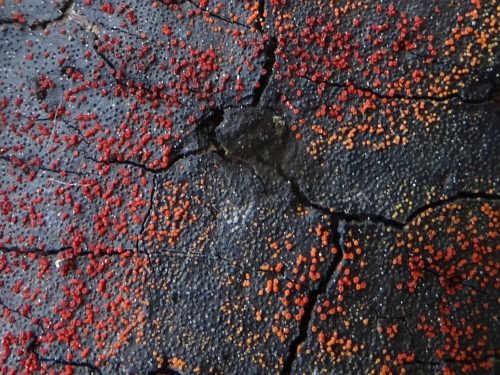
Red, punctate fungus on trunk and branches: Nectria coccinea – rare.
Other
Bark shows longitudinal cracks: sunburn.
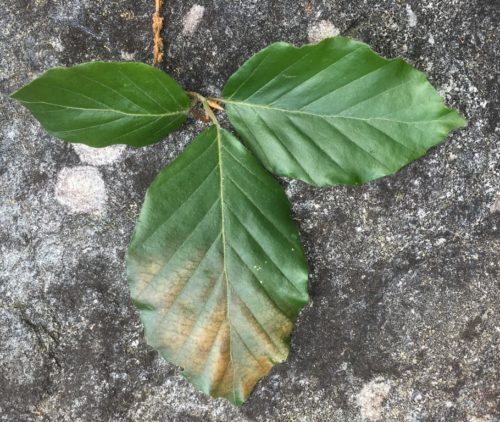
Leaf locally discolors to bronze or light brown: sunburn. This is especially common in the summer when the beech or beech hedge has just been pruned. The leaves protected by other foliage until before pruning are in full sun after pruning; burning is the result.
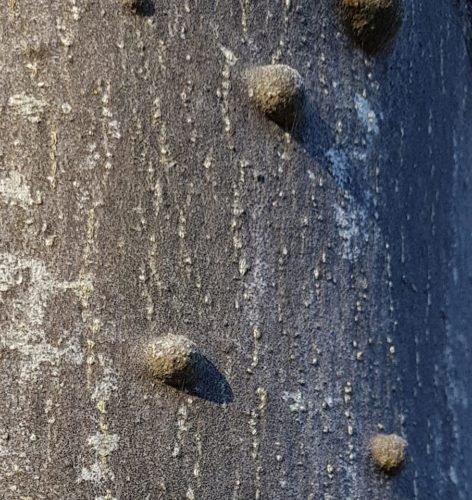
Lumps form on the trunk: bark nodules.
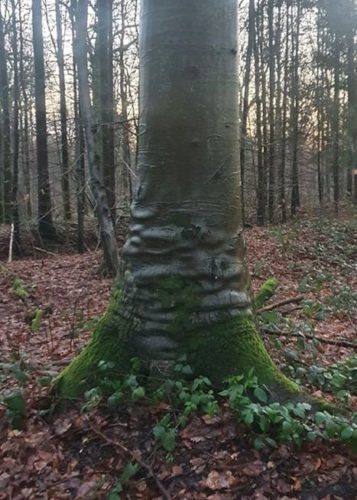
Wrinkles on the stem: fiber kinks. These are caused by uneven loading of the trunk (storm): the wood fibers are pressed together, creating a thickening. Occurs in more trees.
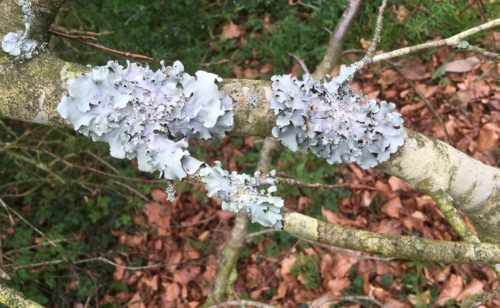
Lichen on the branches.
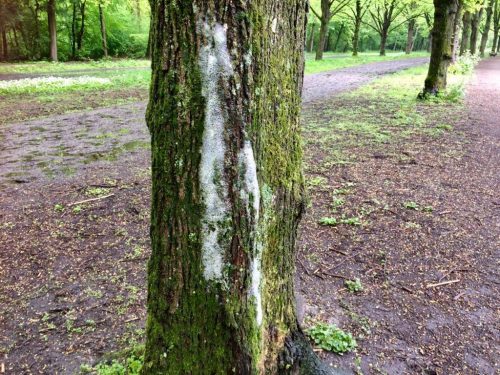
In early spring, foam appears at the base of the trunk: tree foam.

